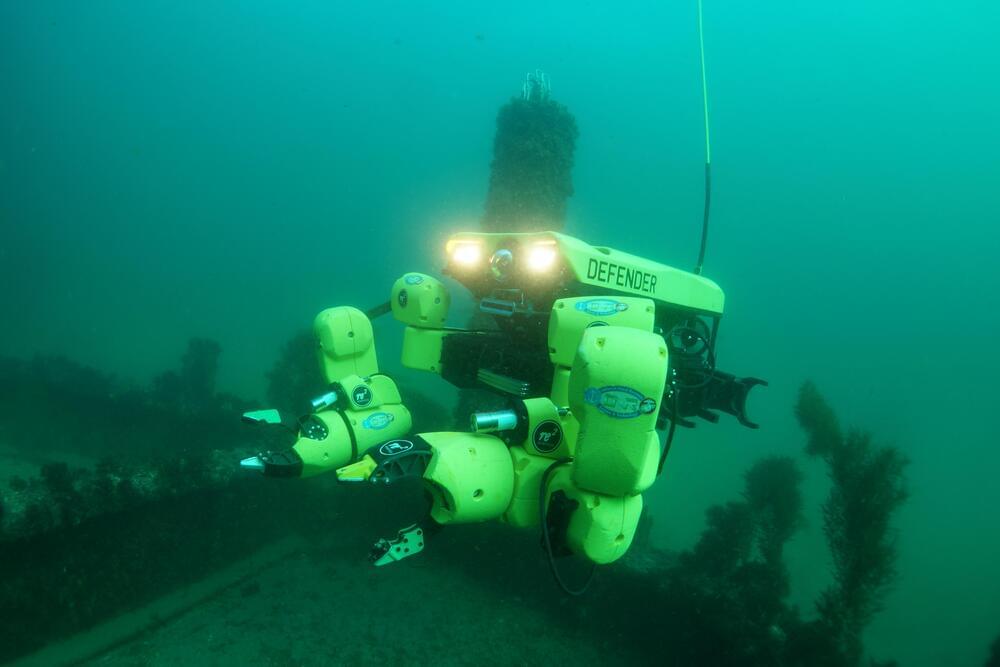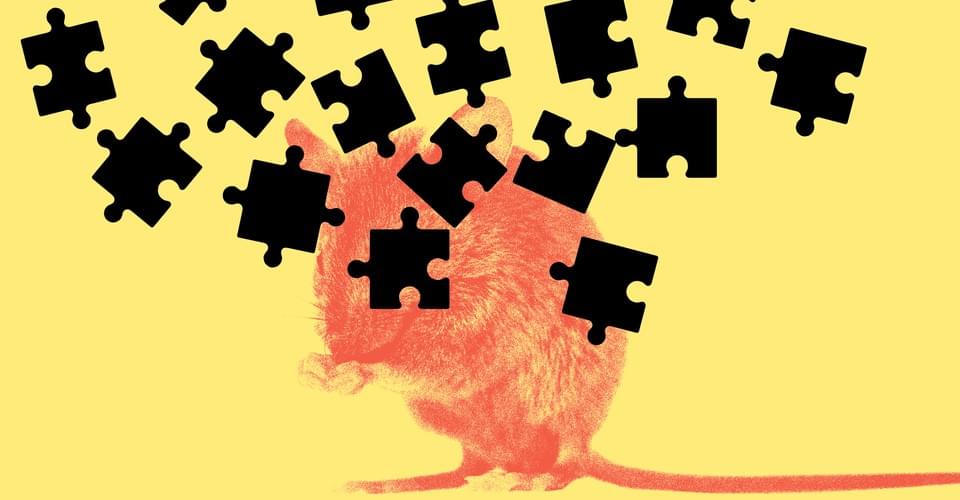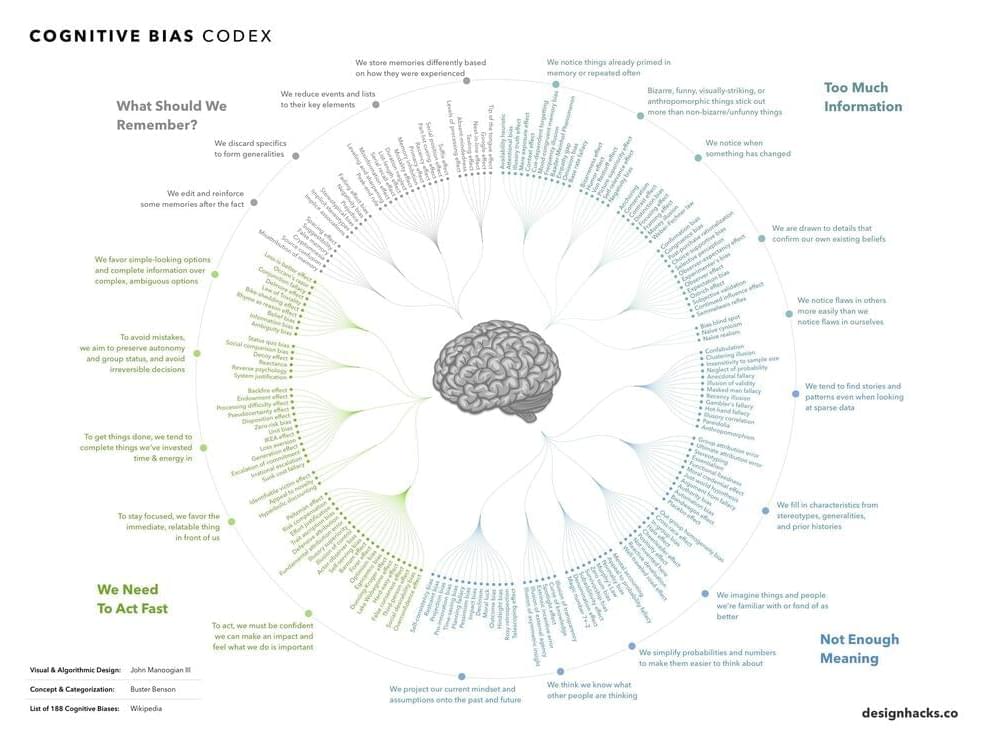Each gravitational lens could help unravel the mysteries of dark matter.


Of all the different dark matter detectors in the world, only one has consistently come up with a positive signal. The results of DAMA experiment in Italy are hotly debated — and now two experiments seeking to verify it using the same materials have returned conflicting results.
ANAIS, a dark matter detector run by the University of Zaragoza at the Canfranc Underground Laboratory in Spain, has delivered results that seem to contradict DAMA’s.
But COSINE-100, run by a collaboration between the Korea Invisible Mass Search and Yale University at the Yangyang Underground Laboratory in South Korea, has now produced new output. These results are similar to what ANAIS’ threw up — but also a little closer to the results DAMA has produced over the last 20 years.

Of all the different dark matter detectors in the world, only one has consistently come up with a positive signal. The results of DAMA experiment in Italy are hotly debated — and now two experiments seeking to verify it using the same materials have returned conflicting results.
ANAIS, a dark matter detector run by the University of Zaragoza at the Canfranc Underground Laboratory in Spain, has delivered results that seem to contradict DAMA’s.
But COSINE-100, run by a collaboration between the Korea Invisible Mass Search and Yale University at the Yangyang Underground Laboratory in South Korea, has now produced new output. These results are similar to what ANAIS’ threw up — but also a little closer to the results DAMA has produced over the last 20 years.
As demand for green energy increases, Spot can help nuclear operators improve uptime and reduce employees dosage by automating hazardous inspections. Learn more… See More.
Spot, an agile mobile robot, helps the nuclear power industry perform inspection tasks to improve operational data and reduce dosage for employees.

It goes without saying that the neutralizing of underwater mines is a dangerous task – definitely one that you’d avoid sending a scuba diver to do, if at all possible. That’s why Pittsburgh-based RE2 Robotics is designing a robotic system to do the job.
Drawing on a US$9.5-million contract recently awarded by the US Office of Naval Research (ONR), RE2 will act as the systems integrator for the autonomous robotic Maritime Mine Neutralization System (M2NS).
In a nutshell, that system will consist of a set of RE2’s Sapien Sea Class robotic arms, mounted on a Defender ROV (remotely operated vehicle) manufactured by Pennsylvania-based VideoRay. M2NS will also incorporate RE2’s Detect computer vision software for locating mines, and its Intellect autonomy software for placing “neutralizing devices” on them.


I predicted that by 2030 you would be able to tell an AI assistant to build brand new books, movies, TV, video games, etc… on demand. That has now arrived, although in its Very Early stages. Look forward to building whatever media you want, or changing existing media into whatever you want.
“OpenAI Codex: Just Say What You Want!”
❤️ Check out Perceptilabs and sign up for a free demo here: https://www.perceptilabs.com/papers.
📝 The paper “Evaluating Large Language Models Trained on Code” is available here:
https://openai.com/blog/openai-codex/
Codex tweet/application links:

Artificial intelligence (AI) could be the most transformative technology in the history of mankind—and we may not even see much of this sweeping change coming. That’s because we often overestimate what technologies can do in five years, and underestimate what they will be able to do in 20.
As I’ve traveled the world talking about this subject, I’m constantly asked, “what will the future hold for humans and AI?” This is an essential question for this moment in history. Some believe that we’re in the midst of an “AI bubble” that will eventually pop, or at least cool off. Those with more drastic and dystopian views believe everything from the notion that AI giants will “hijack our minds” and form a utopian new race of “human cyborgs”, to the arrival of an AI-driven apocalypse. Each of these projections may be born out of genuine curiosity or understandable fear, but they are usually speculative or exaggerated. They miss the complete picture.
Speculation varies wildly because AI appears complex and opaque and it is no wonder that the general view about AI has turned cautious—and even negative. To be sure, aspects of AI development deserve our scrutiny and caution, but it is important to balance these concerns with exposure to the full picture of this crucially important technology’s potential. AI, like most technologies, is inherently neither good nor evil. And I believe that, like most technologies, AI will eventually produce more positive than negative impacts in our society.

Cognitive biases have been studied for decades by academics in the fields of cognitive science, social psychology, and behavioural economics.
View the high resolution version of today’s graphic by clicking here.
The human brain is capable of incredible things, but it’s also extremely flawed at times.
Science has shown that we tend to make all sorts of mental mistakes, called “cognitive biases”, that can affect both our thinking and actions. These biases can lead to us extrapolating information from the wrong sources, seeking to confirm existing beliefs, or failing to remember events the way they actually happened!